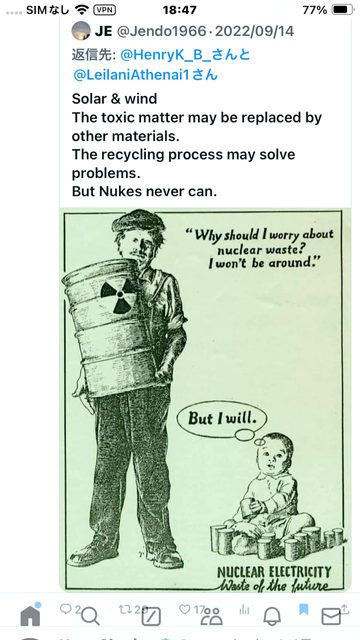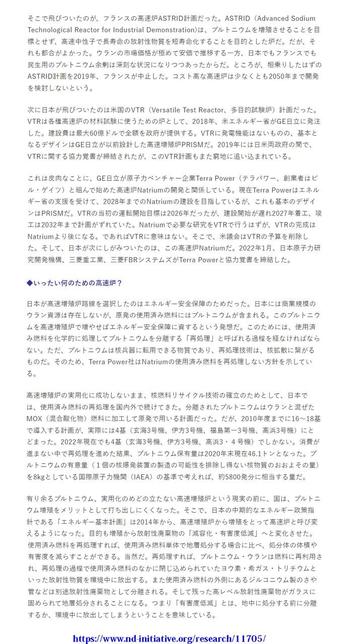from Leilani Athenaire (@LeilaniAthenai1 X/Twitter)
【 #Fukushima cesium to take 1,000 yrs to be gone. #Japan Atomic #Energy Society estimates >100yrs, AFTER melted cores removed,to dismantle reactor bldgs
Who'll bear consequences of even normal #nuclear wastes that need 300~100,000 yrs' secured storage?
#Nuke's in another dimension 】
↑
https://x.com/leilaniathenai1/status/1569990459157774337?s=46
Leilani Athenaire (@LeilaniAthenai1) on X
#Fukushima cesium to take 1,000 yrs to be gone. #Japan Atomic #Energy Society estimates >100yrs, AFTER melted cores removed,to dismantle reactor bldgs Who'll bear consequences of even normal #nuclear wastes that need 300~100,000 yrs' secured storage? #Nuke's in another dimension



